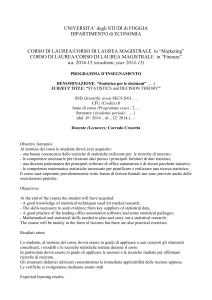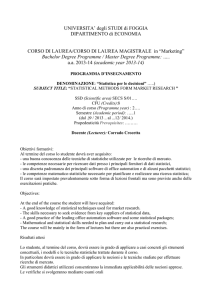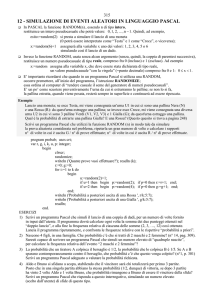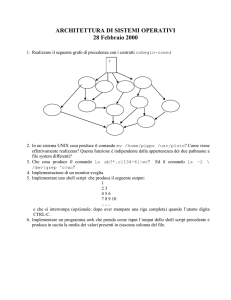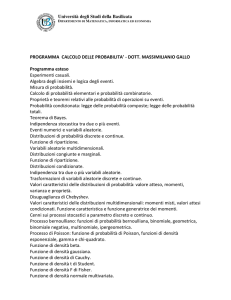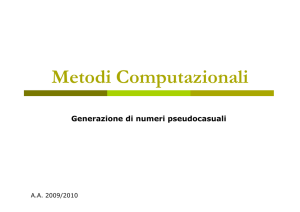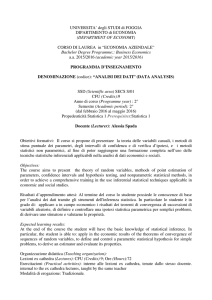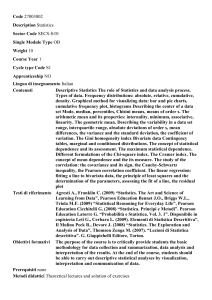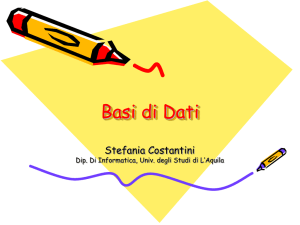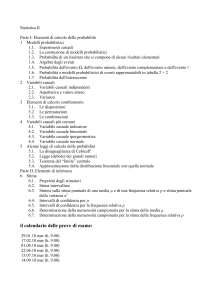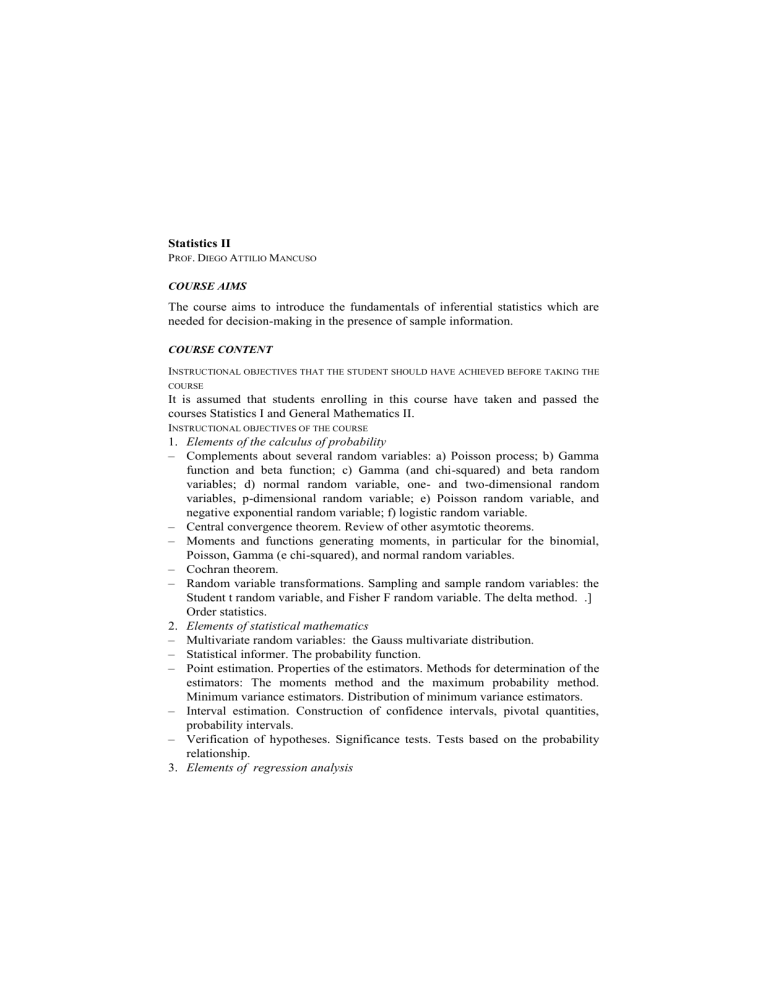
Statistics II
PROF. DIEGO ATTILIO MANCUSO
COURSE AIMS
The course aims to introduce the fundamentals of inferential statistics which are
needed for decision-making in the presence of sample information.
COURSE CONTENT
INSTRUCTIONAL OBJECTIVES THAT THE STUDENT SHOULD HAVE ACHIEVED BEFORE TAKING THE
COURSE
It is assumed that students enrolling in this course have taken and passed the
courses Statistics I and General Mathematics II.
INSTRUCTIONAL OBJECTIVES OF THE COURSE
1. Elements of the calculus of probability
– Complements about several random variables: a) Poisson process; b) Gamma
function and beta function; c) Gamma (and chi-squared) and beta random
variables; d) normal random variable, one- and two-dimensional random
variables, p-dimensional random variable; e) Poisson random variable, and
negative exponential random variable; f) logistic random variable.
– Central convergence theorem. Review of other asymtotic theorems.
– Moments and functions generating moments, in particular for the binomial,
Poisson, Gamma (e chi-squared), and normal random variables.
– Cochran theorem.
– Random variable transformations. Sampling and sample random variables: the
Student t random variable, and Fisher F random variable. The delta method. .]
Order statistics.
2. Elements of statistical mathematics
– Multivariate random variables: the Gauss multivariate distribution.
– Statistical informer. The probability function.
– Point estimation. Properties of the estimators. Methods for determination of the
estimators: The moments method and the maximum probability method.
Minimum variance estimators. Distribution of minimum variance estimators.
– Interval estimation. Construction of confidence intervals, pivotal quantities,
probability intervals.
– Verification of hypotheses. Significance tests. Tests based on the probability
relationship.
3. Elements of regression analysis
–
–
–
–
Analysis of the variance with a classification criterion.
References about the regression function: descriptive aspects.
Regression functions in the event of a bivariate normal random variable.
Analysis of simple regression. Gauss-Markov theorem. Estimates of maximum
probability for the normal regression model, and related tests. Estimation of the
conditional mean value. Calculation of a predictive interval.
– Multiple regression analysis: (a) with ordinary least squares method, (b) with
weighted least squares method. The problem of multicollinearity.
READING LIST
Recommended reading
G. CICCHITELLI, Probabilità e statistica, Maggioli editore, Rimini, 2001.
B.V. FROSINI, Analisi di regressione, EDUCatt, Milan, 2011.
B.V. FROSINI, Complementi sulle variabili casuali, EDUCatt, Milan, 2012.
Supplemental reading
G. CASELLA-R.L. BERGER, Statistical inference, Pacific Grove CA, Duxbury.
R. HOGG-J. MCKEAN-A. CRAIG, Introduction to Mathematical Statistics, Pearson Education, 2005.
D. PICCOLO, Statistica per le decisioni, Il Mulino, Bologna.
C.R. RAO, Linear statistical inference and its applications, Wiley, New York.
N.A. WEISS, Calcolo delle probabilità, Pearson-Addison Wesley, Milan.
TEACHING METHOD
Lectures.
ASSESSMENT METHOD
Written test.
NOTES
Further information can be found on the lecturer's webpage at
http://docenti.unicatt.it/web/searchByName.do?language=ENG, or on the Faculty notice
board.


